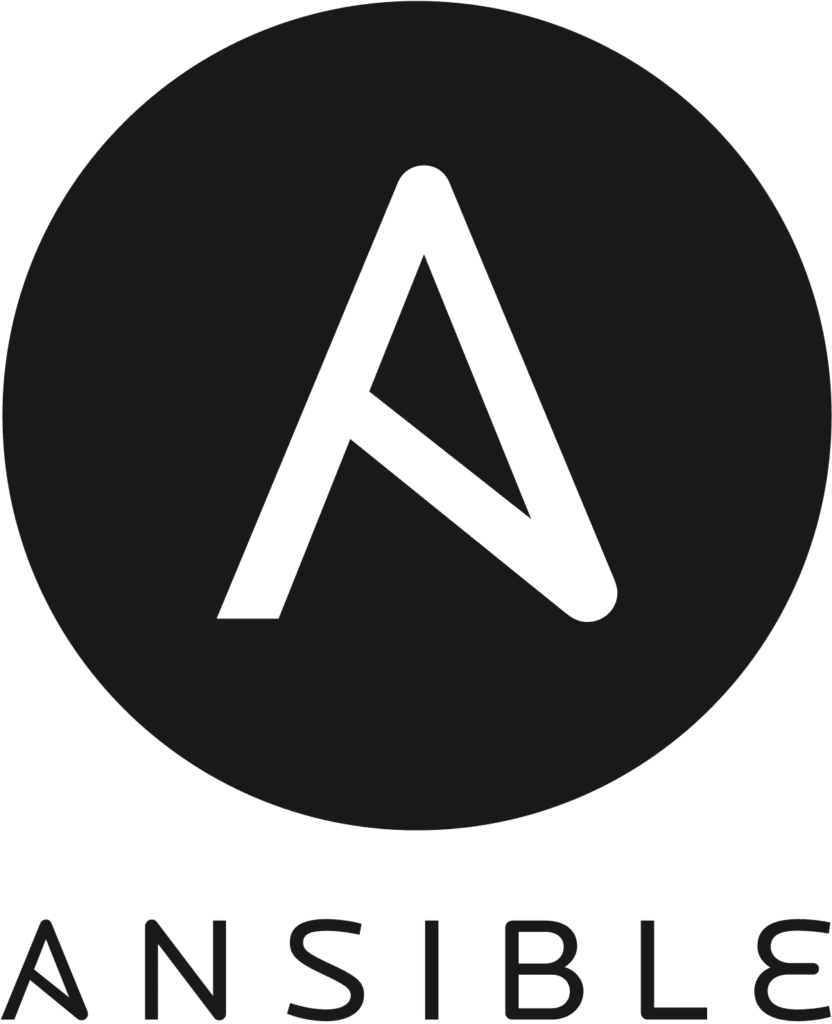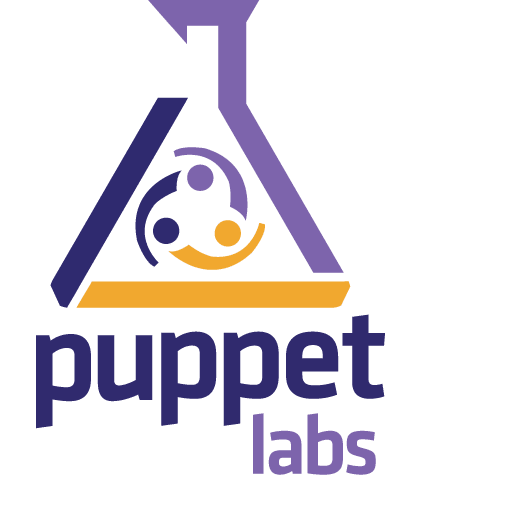Tag: CentOS
How to Install and Configure Bashtop
What is Bashtop?
Bashtop is a command-line based resource monitor written in bash, which depicts usage and statistics for the CPU processor(s), RAM, hard disks, network sources, and other running processes. It also contains a customizable menu and a fully responsive terminal user interface.
CentOS 8 to CentOS Stream — Updated!
CentOS Options
With the recent announcement by CentOS 8 regarding the switch from CentOS 8 to CentOS Stream, this commonly used Linux distribution is being relegated to a mid-stage development version of RHEL. In essence, CentOS 8 becomes an early rolling-release distro for RHEL. As CentOS moves from being a follow-up distribution to the stable version of RedHat, to be, in effect, a prerelease version of RHEL, many users are looking for alternatives to replace their current operating systems with a long-term stable platform apart from RHEL and IBM who owns RedHat.
The Best Editors for Development 2021
In this tutorial, we explore the top five IDEs or Integrated Development Environments in demand today, and why most developers prefer them.
How to Share Encrypted Information
This article will discuss the methods to send information securely over email using GPG/PGP as the main encryption tool. The difference between PGP and GPG is mainly that PGP is a proprietary solution controlled by Symantec, and GPG is the open-source standard that is defined by RFC 4880. Functionally, each format is virtually identical due to GPG being the offspring of the original PGP standard. Because there are numerous email clients, specific GPG settings will vary. For this tutorial, we will use Gmail and Thunderbird as examples.
An Introduction to Ansible Playbooks

Ansible is an open-source tool that uses playbooks to enable configuration management, software provisioning, and application deployment. It is primarily written in Python and was released in 2012. Ever since then, it has saved countless hours of often menial work of deploying and maintaining IT infrastructure. Overall, Ansible is very consistent, secure, reliable, and it requires a minimal learning curve. Simply put, Ansible is a powerful tool for automating apps and infrastructure. You can read more about general Ansible information in our recently published article.
How to Install MongoDB on CentOS 8
What is MongoDB?

MongoDB is a documented database management system that does not require the description of a table scheme. It is representative of a NoSQL based system (NoSQL is an approach to implement a scalable database storage system within a flexible data model), which uses JSON like documents and database schemas often used in web development. It is written in C, C++, JavaScript, and since it is cross-platform, it allows one to deploy it on any platform.
How Was My Website Compromised?
In this tutorial, we will look at several methods that are used to compromise a website. In today's world, websites use multiple procedures that represent the core functions of a modern business. Whether you have an eCommerce site or a business card site, a website is essential for driving business growth. We can safely state that a website is a unique image of your respective business.
DevOps: A New Perspective on Shared Automation
What is DevOps?
DevOps is a set of various tools, practices, and ideals that combine software development (Dev) and IT Operations (Ops) into a single unifying force. It allows for better collaboration between developers, operations teams, system administrators, and system engineers. Their streamlined goal is to continually provide a high-value software product to the customer at high speed while monitoring and improving the overall process than using traditional software and infrastructure management.
What is PyCharm?
PyCharm is an Integrated Development Environment (or IDE) for the Python programming language. It is a cross-platform development environment that is compatible with Windows, macOS, and Linux. It provides a tool that integrates code analysis, graphical debugging, unit testing, and an integrated terminal that supports development on remote hosts and virtual machines.
What is Puppet and What Role Does it Play in DevOps?
What is Puppet?

Puppet is a cross-platform client-server based application used for configuration management. It handles the software and its configurations on multiple servers. There are two versions available. One is open-source, the other is a commercial version. It works on both Linux and Windows platforms. It uses a declarative approach to automate updates, installations, and other tasks. This feature allows the software to configure those systems using files called manifests. A manifest contains the instructions for a group or type of server(s) being controlled.
Our Sales and Support teams are available 24 hours by phone or e-mail to assist.

